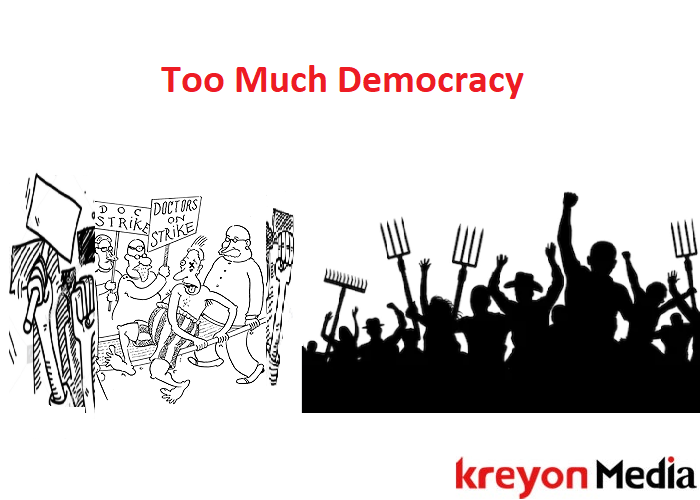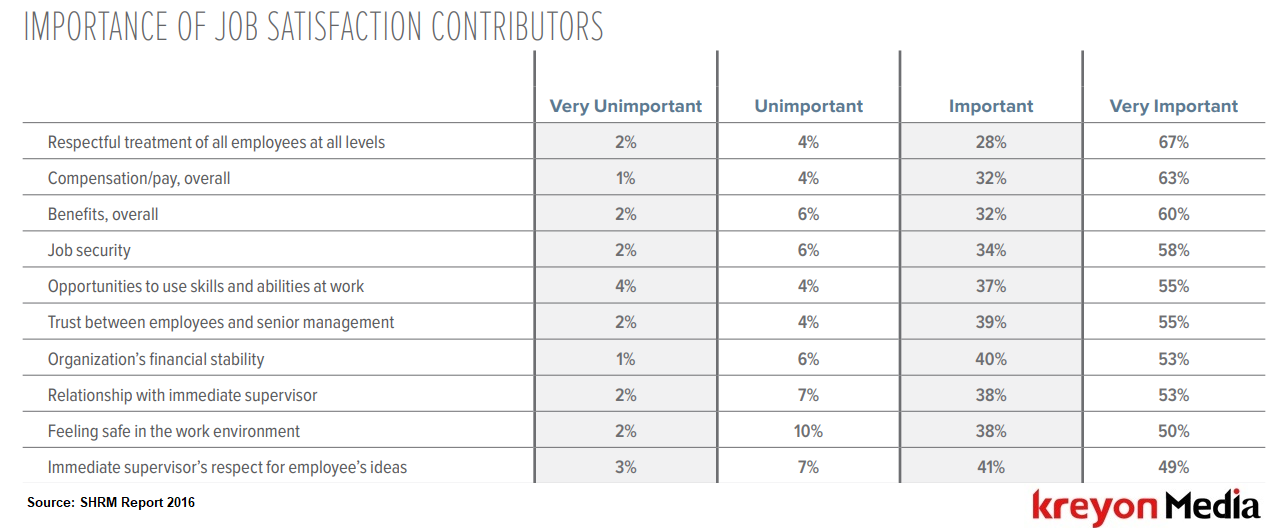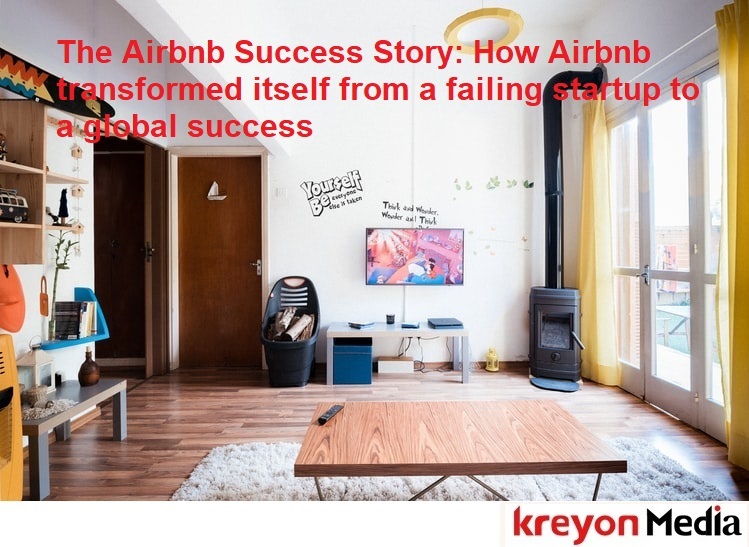Viral Loop: From Facebook to Twitter, How Today’s Smartest Businesses Grow Themselves
<!–more–>
Viral Loop: From Facebook to Twitter, How Today’s Smartest Businesses Grow Themselves
The Viral Loop by Adam L. Penenberg talks about companies which have reached massive scale in few years without blowing millions due to the viral nature of their product. Discover what makes companies and their products viral.


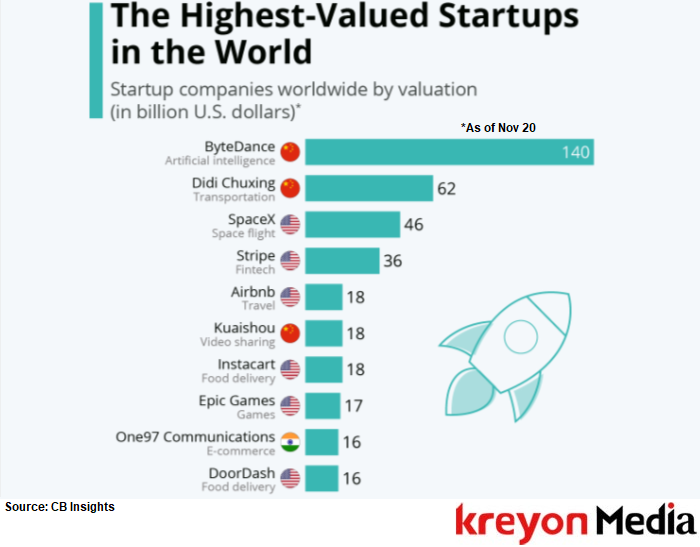


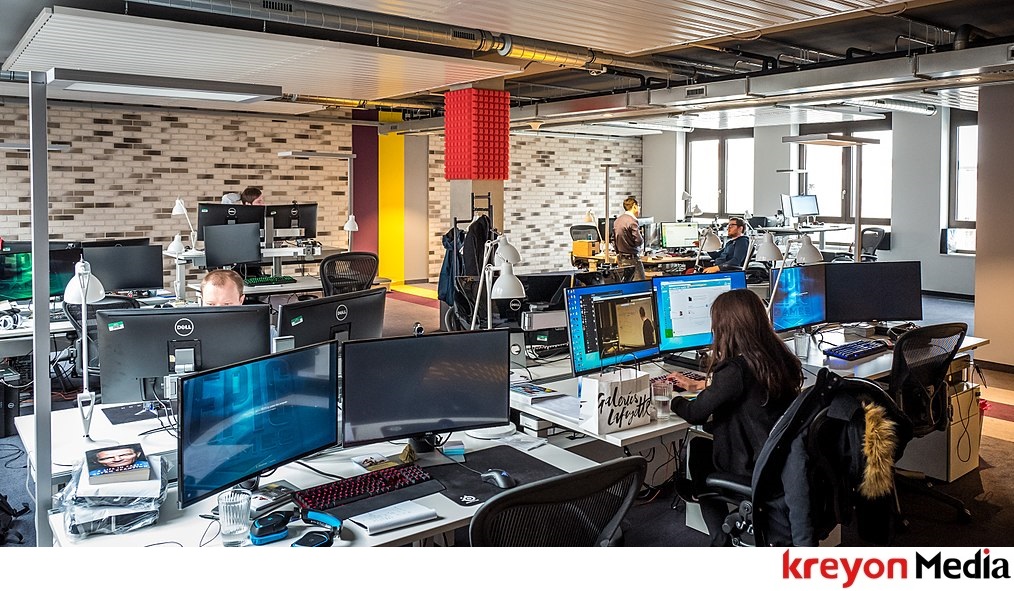

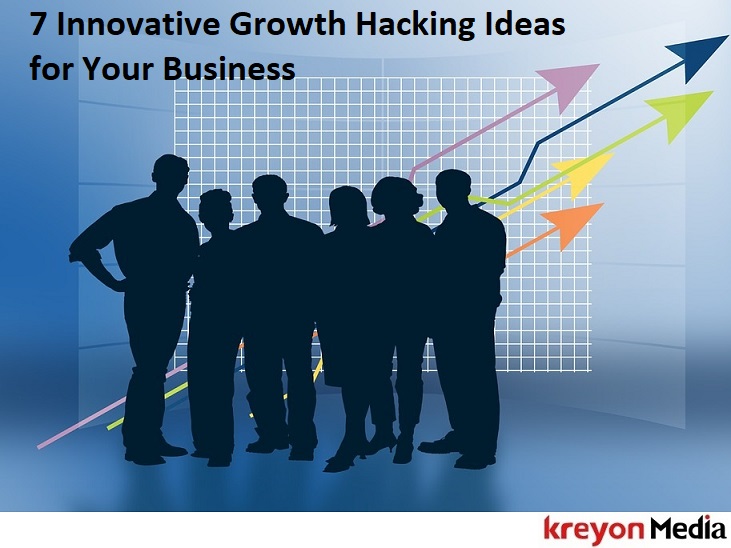
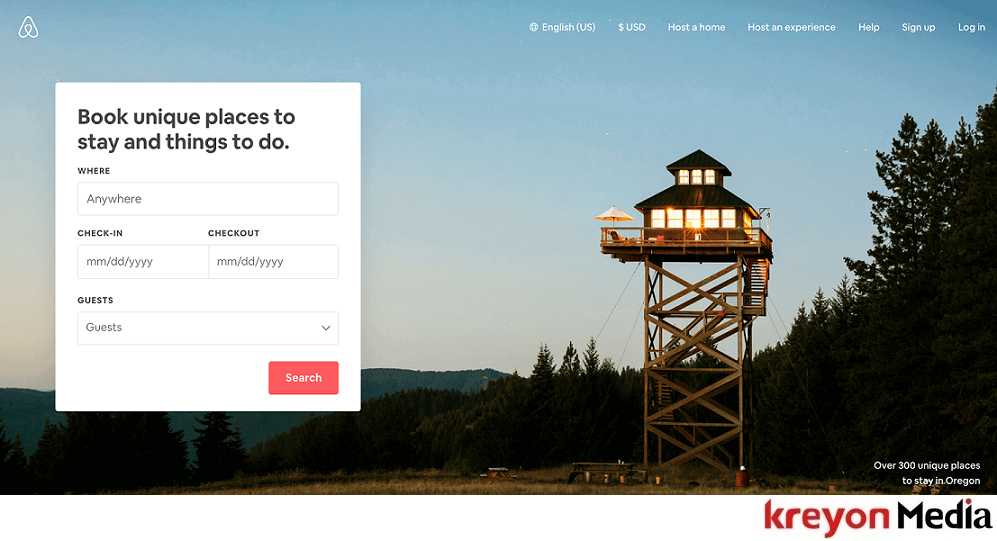

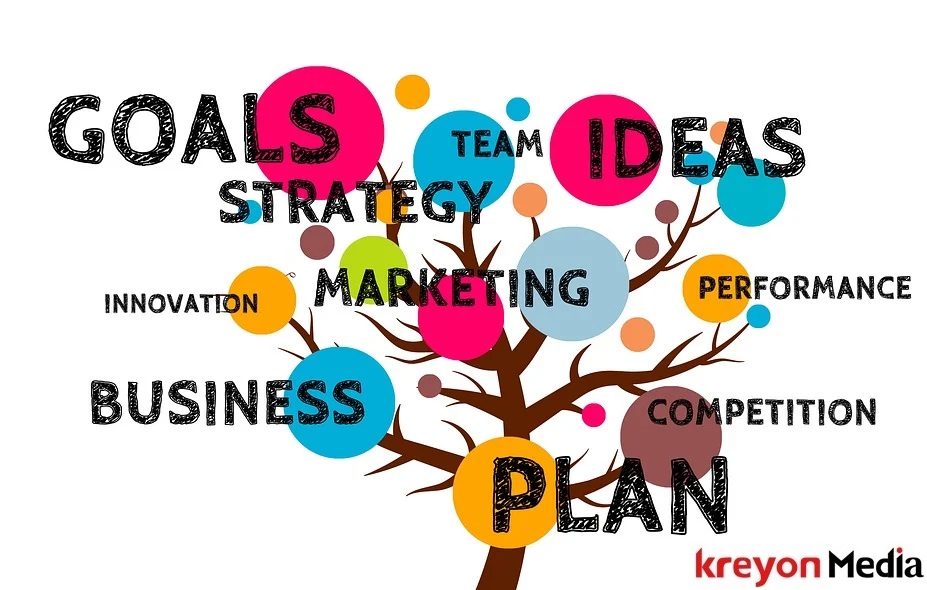

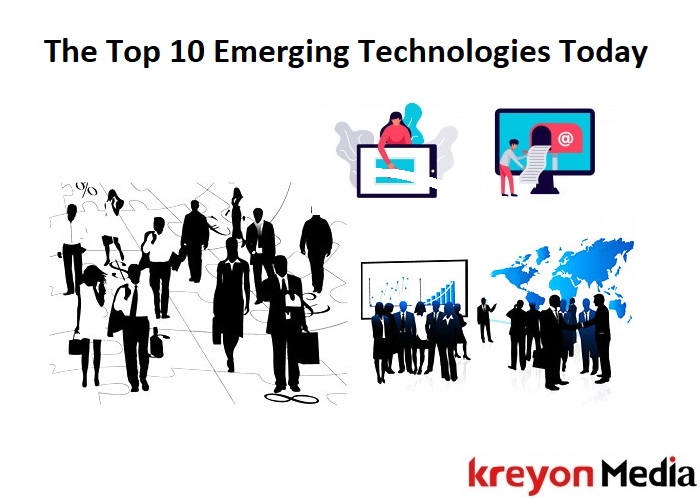



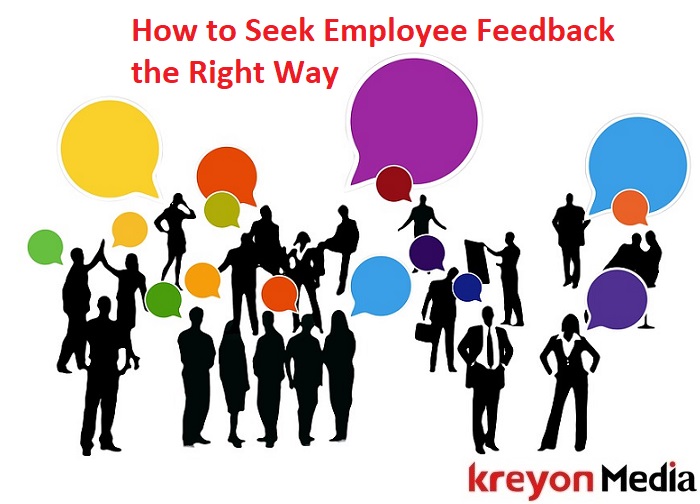



 The value of the feedback lies in its successful implementation. Organisations that devote time to collect feedback must be able to prioritise is implementation too. Companies that are averse to employee feedback or take no measures for incorporating them eventually discourage people from speaking up.
The value of the feedback lies in its successful implementation. Organisations that devote time to collect feedback must be able to prioritise is implementation too. Companies that are averse to employee feedback or take no measures for incorporating them eventually discourage people from speaking up.